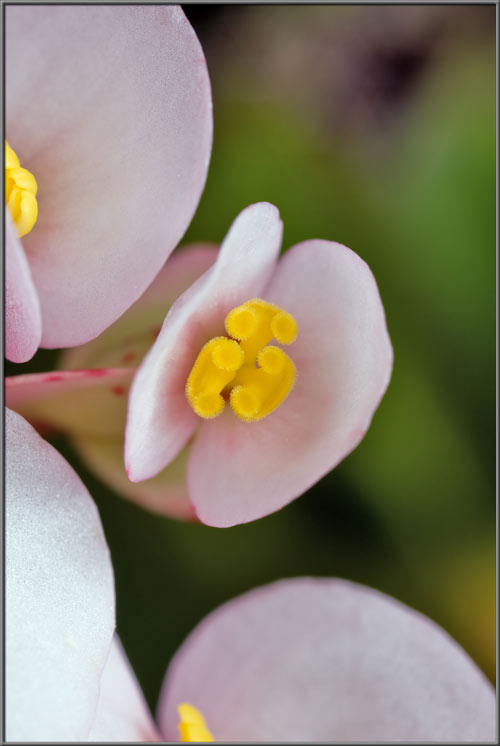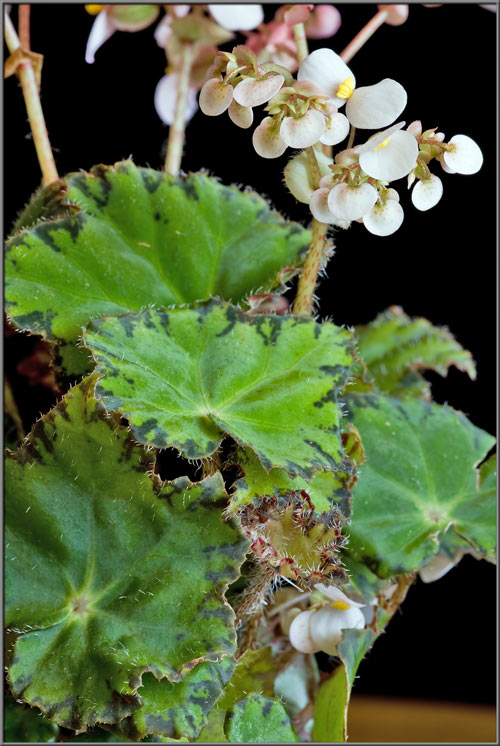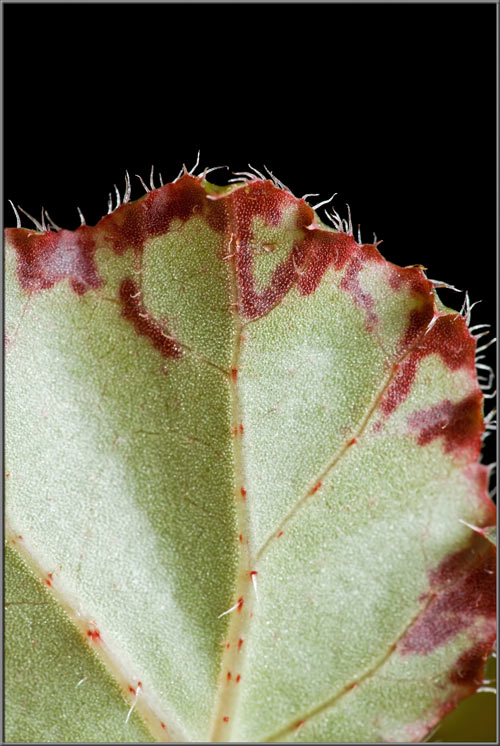|
|
A
(Second)
Close-up
View
of
a
Flowering Begonia
(Family
-
Begoniaceae)
|











































































